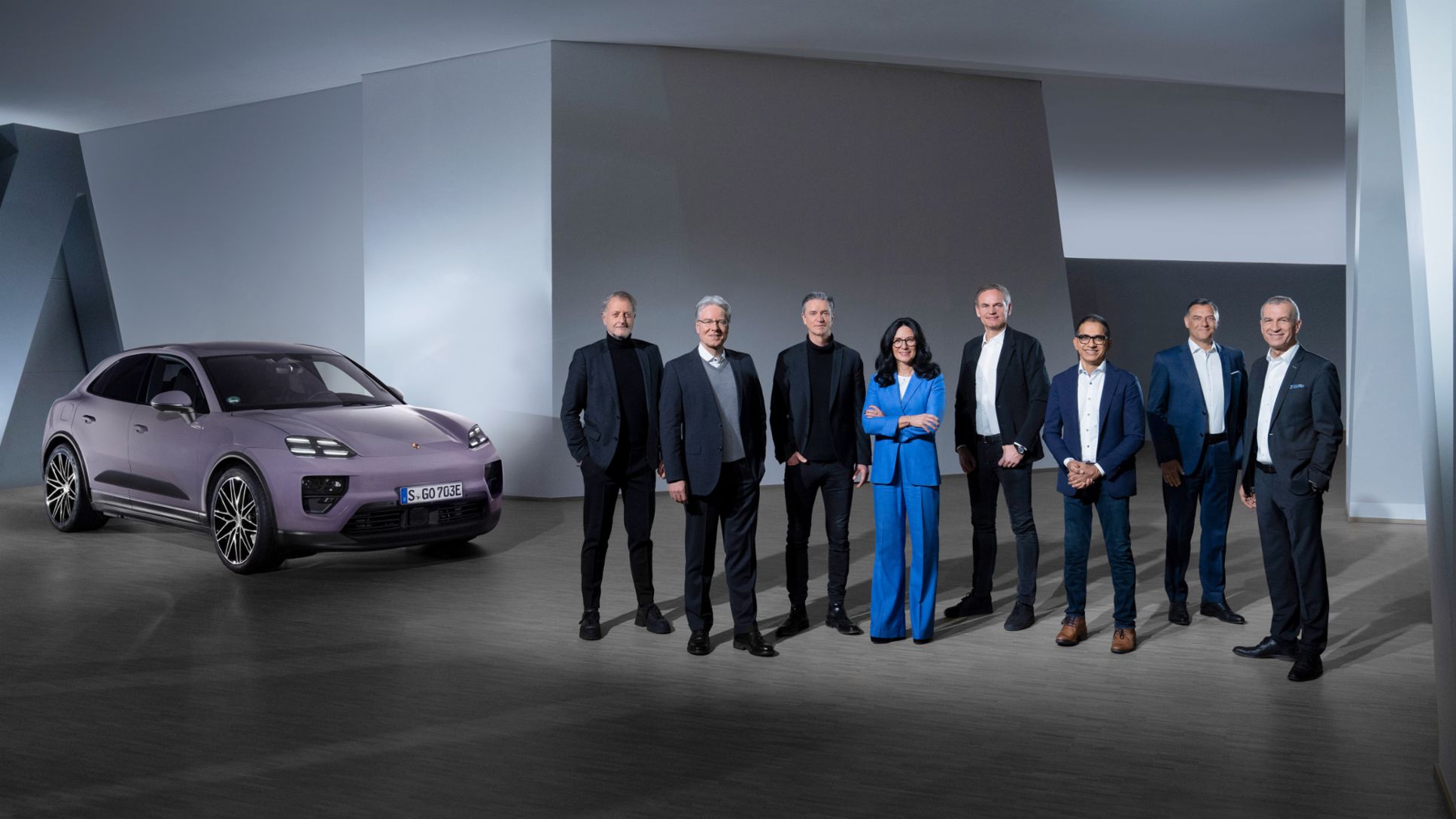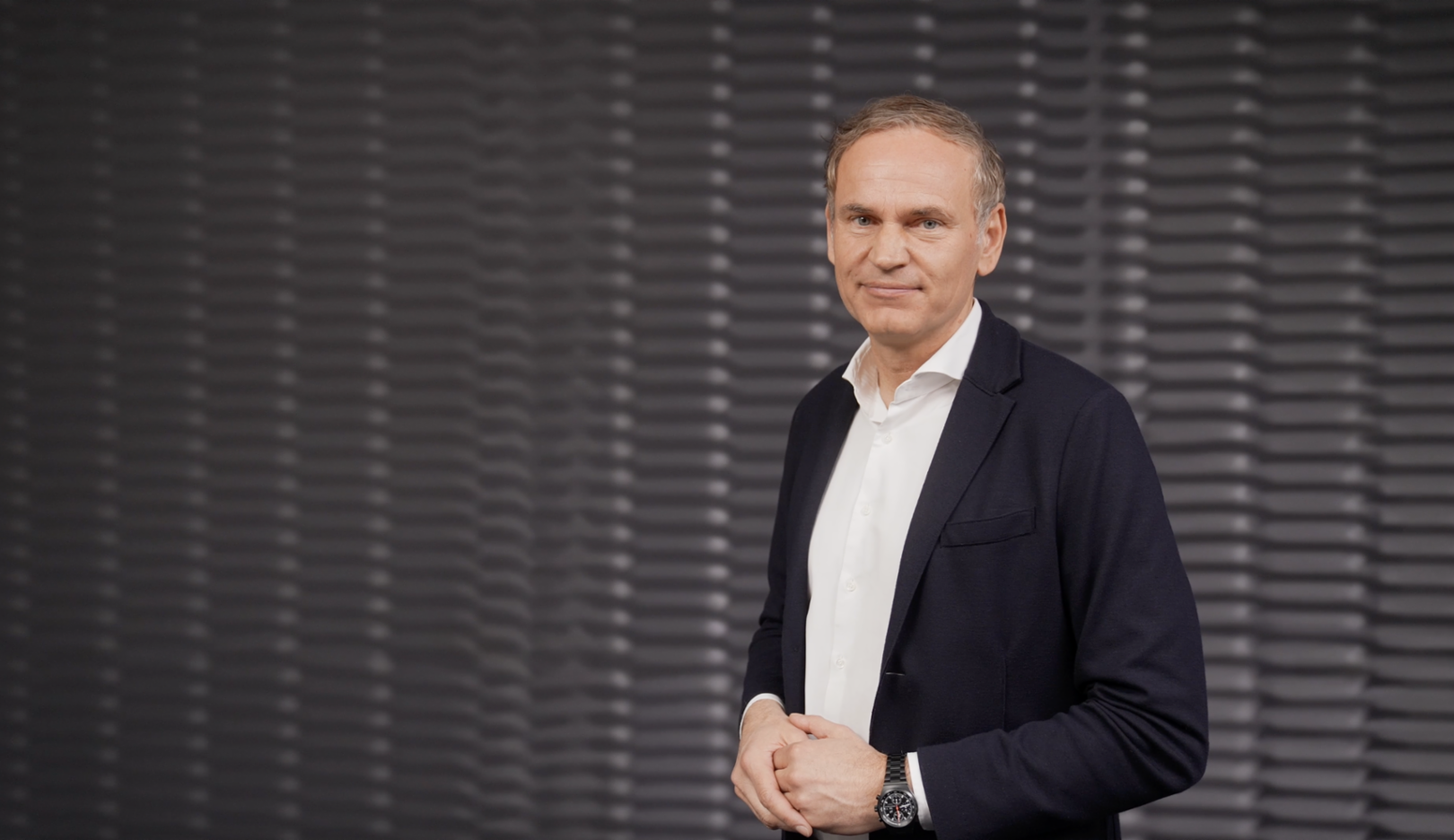Dear Sir or Madam,
Dear Friends of the Company,
For Porsche AG, 2023 was a truly special year. It marked two significant anniversaries: 75 Years of Porsche Sports Cars and 60 Years of the 911. We celebrated our unique history alongside countless Porsche enthusiasts at numerous events around the world, demonstrating that our long-standing brand has lost none of its enormous appeal. The Porsche legend is more alive than ever.
At the same time, we have added a new chapter to our success story, based on our Porsche Strategy 2030. It defines our ambitious long-term objectives and milestones. We think in terms of opportunities as we work to accomplish them. We take new challenges head-on and convert them to solutions, results and success. For our company, our customers, and our workforce. And for you, our shareholders.
Today, our brand represents a new understanding of luxury: modern, sporty and extremely forward looking. Luxury that blends great exclusivity with sustainability and social responsibility. Luxury that marries tradition and innovation and makes the individual dreams of our customers come true, time and time again.
We have never lost sight of this ambition since our successful IPO. We have pursued it determinedly and systematically, with compelling new products and outstanding service. Through strategic investments in innovative technology and digital solutions. And through collaboration with expert partners. In doing so, we aim to play a major role in shaping the future of sustainable mobility.
The newly obtained independence of Porsche AG means that we can operate with even greater flexibility in our day-to-day business and focus even more heavily on our strategic objectives. At the same time, we will continue to benefit from synergies and economies of scale in the Volkswagen Group. This unique situation has given us significantly more entrepreneurial flexibility. Porsche has, in short, switched up into another gear and increased its speed.
Porsche is now one of the most valuable luxury brands in the world. Never before have our new cars excited as many people as they did in 2023. We also enjoy a healthy, solid cost structure. It has made a significant contribution to the positive development of our business, to our strong key financial indicators, and to a stable return on sales, which has remained at the high level seen the previous year.
This is all in spite of extremely challenging general economic conditions: geopolitical upheavals and natural disasters not only proved a serious challenge for people in the crisis-hit regions in 2023, but they also dramatically stifled global economic dynamism. Nevertheless, Porsche again demonstrated its tremendous resilience.
We now intend to continue down this path and utilize our potential. With great determination and momentum. We will continue working through our 10-point plan systematically. We will optimize our performance in all strategic fields of action, from the product portfolio, electric mobility and supply chain resilience to sustainability and digitalization.
Following its successful launch, our “Road to 20” program will bolster our financial strength permanently. To this end, we have systematically scrutinized everything again, starting with our range of products before moving on to pricing and ultimately our cost structure. And we have built a complete package of measures. This will increase the quality of our contribution margins and make our products and services even more attractive.
Our recently unveiled cars received an extremely positive reception. The new generation of the Panamera is more digital, more luxurious, and more efficient. It offers an even greater breadth of ability from sportiness to driving comfort. The new Taycan represents performance on a level never seen before. And the all-electric Macan speeds up our transition to more sustainable electric mobility.
We are also working intensively with highly promising future technology, such as the development and production of high-performance battery cells, which is why Porsche took over the battery specialist Cellforce Group in May 2023. In the future, we aim to manufacture bespoke battery cells on a large scale in our own plant.
As you can see, Porsche is looking to the future with courage and determination. With passion and pioneering spirit. This will empower us to add new chapters to our success story. With you at our side.
With warmest regards,
The Executive Board of Dr. Ing. h.c. F. Porsche AG



